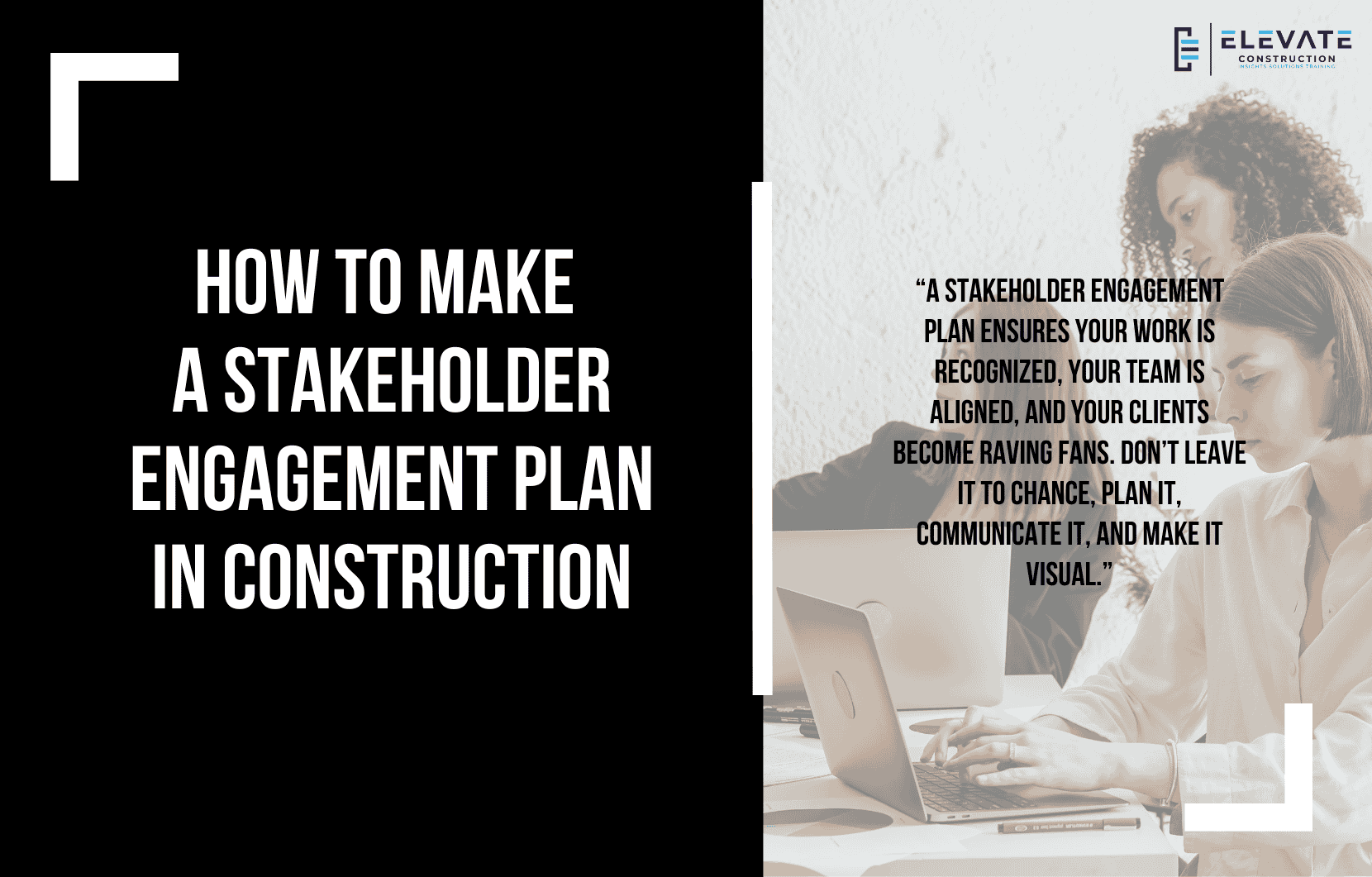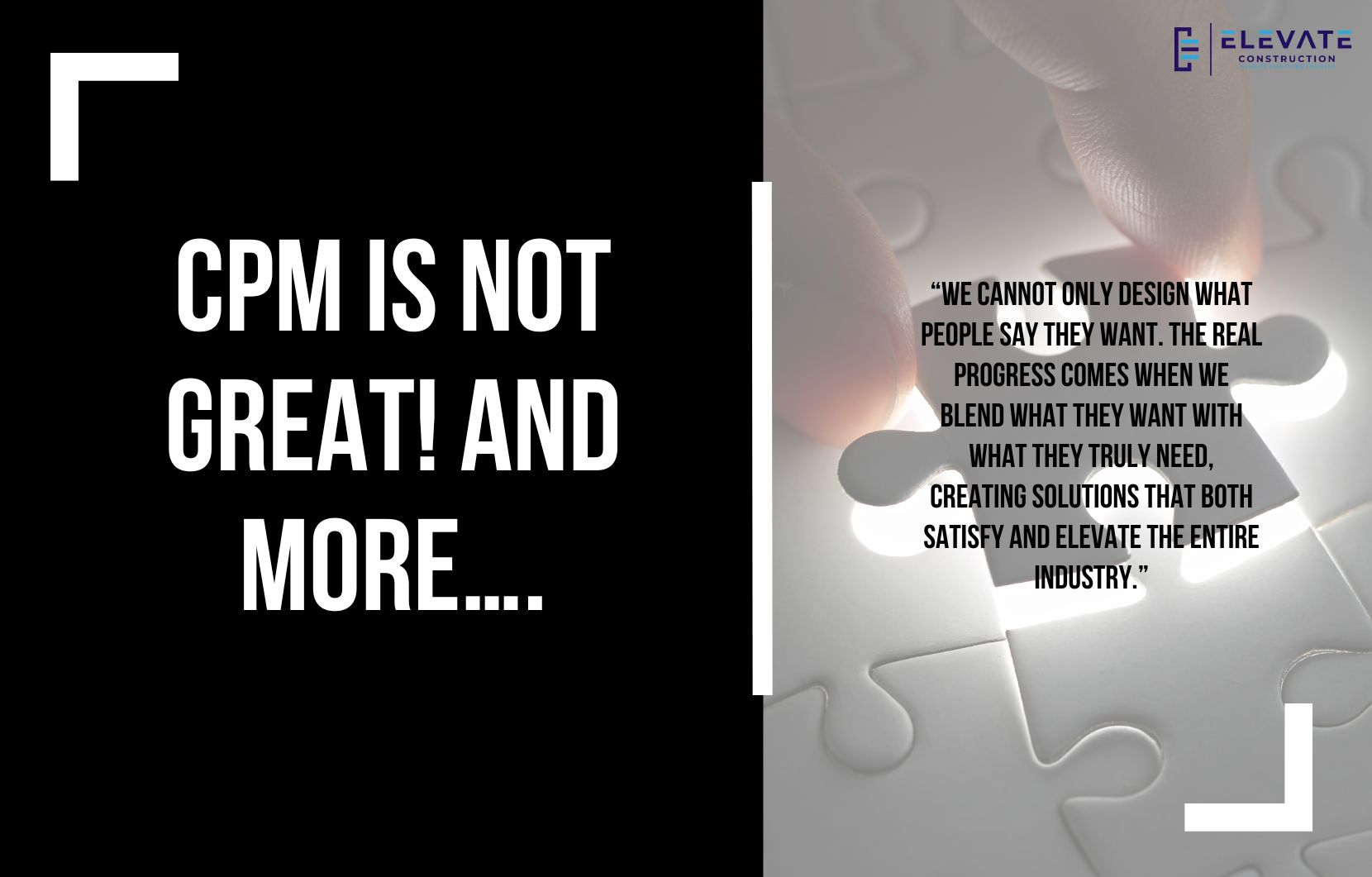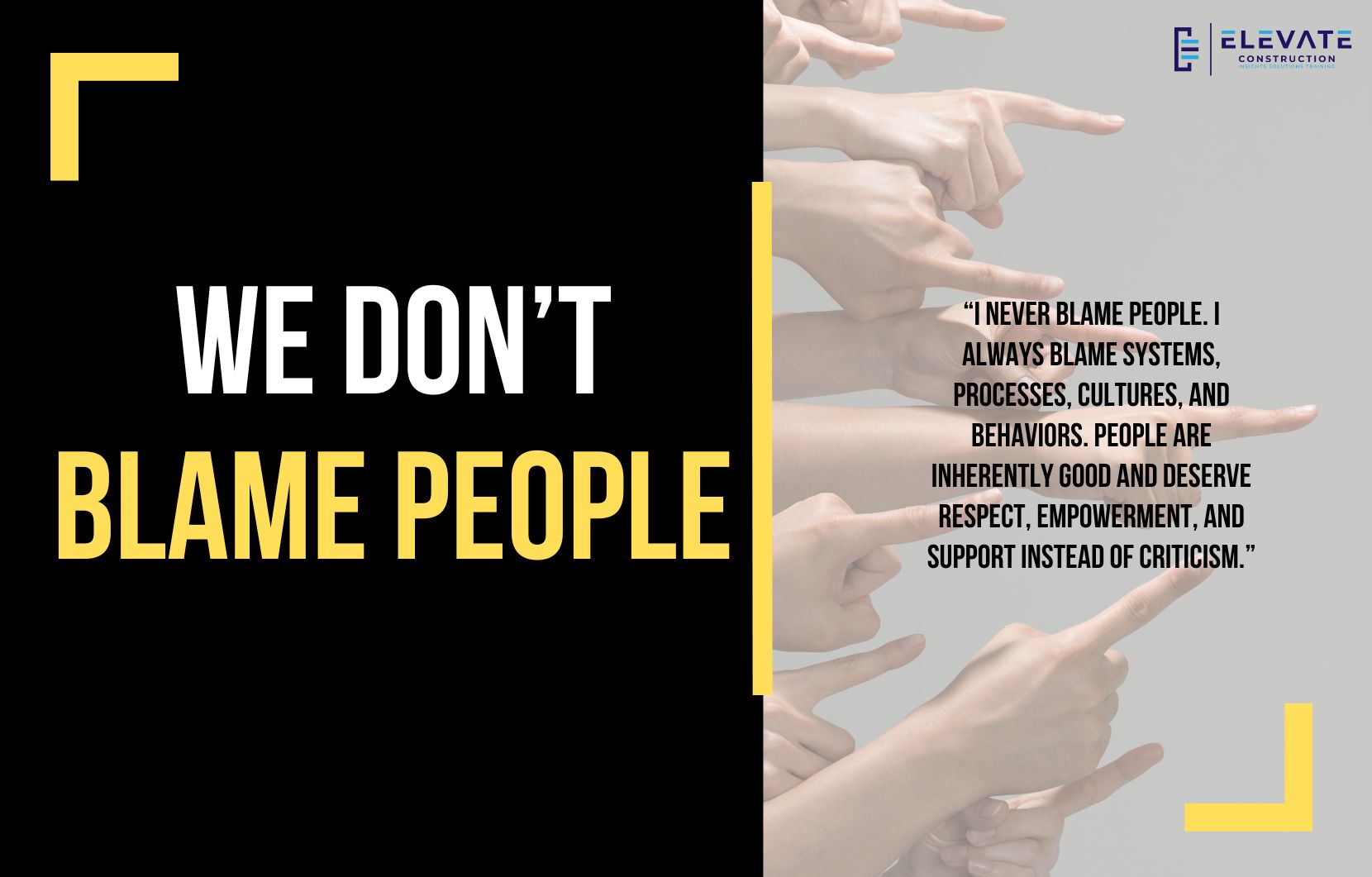How to Make a Stakeholder Engagement Plan in Construction
Creating a stakeholder engagement plan in construction is not optional, it’s essential. In our company at LeanTakt, we support 50, 60, even 70+ jobs with multiple clients, nearing $4 million in annual consulting revenue. What drives this success is not just technical systems like takt planning, Last Planner, or Kanban. As my mentor Hal Macomber always says, the real challenge is the socio-technical side: building the right team dynamics and ensuring stakeholders are fully engaged.
Why Stakeholder Engagement Matters
When projects run into turbulence, conflict, confusion, or misalignment, it’s rarely because the technical system is broken. More often, the team isn’t properly aligned, the right meetings aren’t happening, or communication channels aren’t built. A stakeholder engagement plan solves this by setting clear expectations, communication structures, and accountability across every entity.
I remember a project at the Bioscience Research Laboratory with Derek Kirkland and Shelby Riddell at DPR. They ran what they called a “pre-flight kickoff, in-flight plan, and landing the plane.” It gave stakeholders a clear roadmap: how we’d start, how we’d handle turbulence, and how we’d finish. Anchoring back to that plan again and again created priceless results.
Common Misconceptions
Stakeholder engagement is often misunderstood. Here are some misconceptions I’ve seen:
- It’s just about communication. Wrong – it requires a full plan.
- It’s just about updates and meetings. No – you must address expectations and needs.
- It’s a one-time plan at kickoff. Incorrect – it must be ongoing.
- Everyone has an equal say. Not quite – everyone matters equally, but influence differs.
- It will happen naturally with good practices. It won’t – you must plan it deliberately.
Without this, even a well-executed project can go unnoticed. I’ve seen contractors finish projects on time, on budget, with great quality yet lose future work because they didn’t communicate effectively. Meanwhile, others with weaker execution but strong engagement often win the next job.
Think of it like marketing: studies show 70% of buyers decide before talking to you. If your content or in this case, your stakeholder engagement doesn’t connect, your work may never be recognized.
Steps to Build a Stakeholder Engagement Plan
Here’s a simple framework you can follow:
- Get buy-in from the owner. Ask the owner or rep to partner in creating a stakeholder engagement plan.
- Map your stakeholders. List everyone: facilities, PR, media, planning/design/construction, end users, lab researchers, consultants, janitors – everyone.
- Identify needs. Ask, “What do you need?” again and again until you understand what each stakeholder requires.
- Organize the team. Define roles and the right communication/meeting systems.
- Set cadence & SOPs. Establish rhythms for communication and input (e.g., facilities in commissioning, end users in device coordination, media in weekly updates).
- Define conditions of satisfaction. Document and review them regularly with the owner and design team.
- Implement visually. Make the plan visible, repeat it in meetings, and keep it alive through PDCA cycles.
Key Questions to Consider
- How do I know which stakeholders to involve?
- What if some stakeholders can’t commit to long meetings?
- How do I handle resistance?
- What’s the best way to document engagement?
- How do I prevent miscommunication?
- What tools and formats should I use?
- How do I escalate emergencies or problems?
If you can answer these and bake them into your plan, your team will be set up for success.
Final Thoughts
A stakeholder engagement plan ensures your work is recognized, your team is aligned, and your clients become raving fans. Don’t leave it to chance, plan it, communicate it, and make it visual.
If you want to learn more we have:
-Takt Virtual Training: (Click here)
-Check out our Youtube channel for more info: (Click here)
-Listen to the Elevate Construction podcast: (Click here)
-Check out our training programs and certifications: (Click here)
-The Takt Book: (Click here)
Discover Jason’s Expertise:
Meet Jason Schroeder, the driving force behind Elevate Construction IST. As the company’s owner and principal consultant, he’s dedicated to taking construction to new heights. With a wealth of industry experience, he’s crafted the Field Engineer Boot Camp and Superintendent Boot Camp – intensive training programs engineered to cultivate top-tier leaders capable of steering their teams towards success. Jason’s vision? To expand his training initiatives across the nation, empowering construction firms to soar to unprecedented levels of excellence.
On we go










